


Cranekick
gamer level 7
13271 xp
13271 xp
followers
28
28
Use my invite URL to register (this will give me kudos)
https://boardgaming.com/register/?invited_by=cranekick
profile badges




recent achievements

Time Well Spent - Games
Click on the hourglass 100 times that appears when you are browsing Game pages. learn more >
Click on the hourglass 100 times that appears when you are browsing Game pages. learn more >

Viscount / Viscountess
Gain 25 total followers
Gain 25 total followers

Gamer - Level 7
Earn Gamer XP to level up!
Earn Gamer XP to level up!

Vanguard
Give 250 hearts (loyalty points) to a single game
Give 250 hearts (loyalty points) to a single game
Player Stats
Critic (lvl 2)
640 xp
640 xp
Explorer (lvl 3)
801 xp
801 xp
Professor (lvl 2)
574 xp
574 xp
Reporter (lvl 1)
132 xp
132 xp
About Me
Currently I live in Austin TX. I used to like deck builder games but more and more are coming out and I can't keep up. Currently playing DC Deck Building Game, Legendary, and Ascension as deck builders. However, I'm also open to most other games. Mice and Mystics, Battlestar Galactica, and Lords of Waterdeep are some of my other favorites.























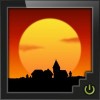


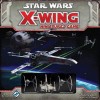



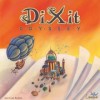

















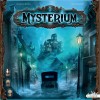




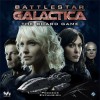
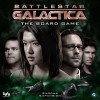






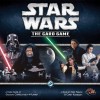


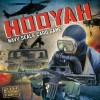


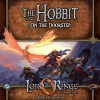



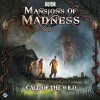






Cheaty Mages
Cheaty Mages is about mages who have gathered to spectate (and manipulate) a grand duel of monsters. The mages observe the monsters entering the arena, place bets on who they think they will win, then they cheat for their gladiator of favor.
Winning
The goal of the game is to have the most money after 3 rounds of fighting.
Summary
The arena is set up but placing five random monsters and a random judge. Monsters range in power but the more power they have, the less winnings you get and vice versa. Therefore if you are looking for a big payout, you would chose the weaker gladiator. The judge sets the guidelines for the fight. They can range from a judge who day dreams and pays no attention, to strict judges who will dispell or suspend your gladiator for what they deem as “cheating.”
Before the fighting starts, the players need to place bets. You are given betting tickets to make your choices. Your can pick anywhere from 1-3 gladiators but the more you pick, the less the payout.
1 ticket – Double the reward stated on the monster.
2 tickets – Equal to the reward on the monster.
3 tickets – Half the reward on the monster.
You are not required to show what you picked, as you want to keep your competitors guessing. However you do need to show how many tickets you picked.
Once picks are in place, players take turns casting spells at the monsters. Spells have a mana power (not cost) and a spell type. These are important, as it can be directly effected by the judge that is in play. Most judges have a mana limit, so if enough spells with a high mana total are placed on one monster, the judge may dispell the spells or take the gladiator out altogether. Also if the judge disallows a certain spell type, you are not allowed to use those spells during the fight.
Most spells are direct effect, meaning you place the spell face up next to the monster for everyone to see. There are also enchantments that let you place spells face down next to the monster to keep your opponents guessing what you casted. There are both positive and negative spell effects that can be used during battle, amongst other spells that help you cheat.
Other options mages have during the spell casting phase, is to Pass or they can discard a spell to Identify Magic. If a mage passes, they are done for the fight, meaning they will hold onto their spells until the fight is over (these can be saved for the next fight). If a player chooses to use Identify Magic, they discard a spell to look at an enchantment that is face down.
When everyone is done casting, the spells are totalled up to see who the victor is.
Impressions
At first I was pretty skeptical of a (yet another) card game that I never heard of, but I had a lot of fun with it. It’s small and portable, the judges add a fun dynamic to card battling, and the gambling adds a nice alliance/nemesis feel where you need to find out who is helping you and who is not. It’s not uncommon to place your spells on creatures just to make your opponent think you bet on that monster, which adds some more fun and trickery. This game is also easy to learn, most of the things you need to know are already on the cards. So in conclusion, the game is inexpensive, easy to learn, fun for everyone, what are you waiting for?